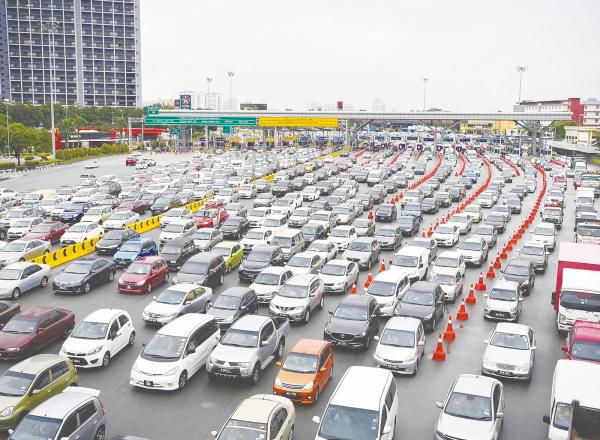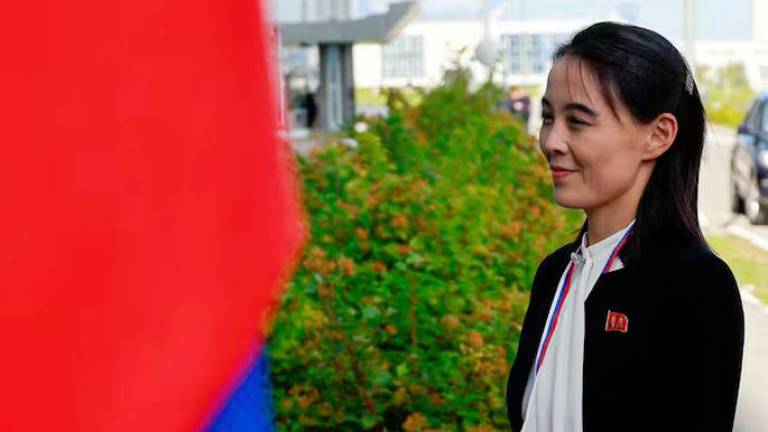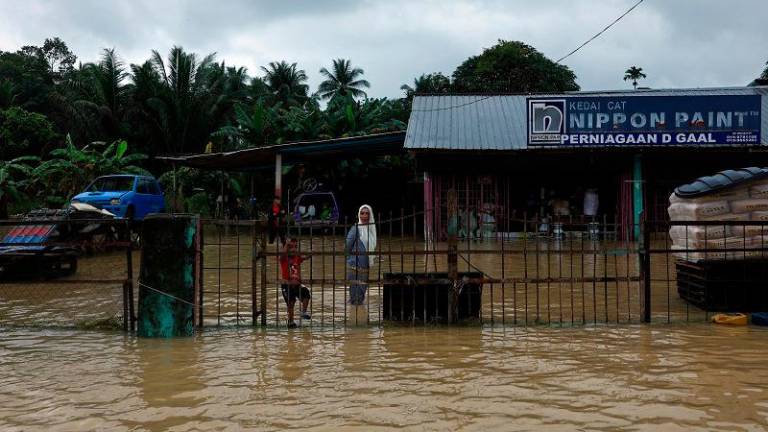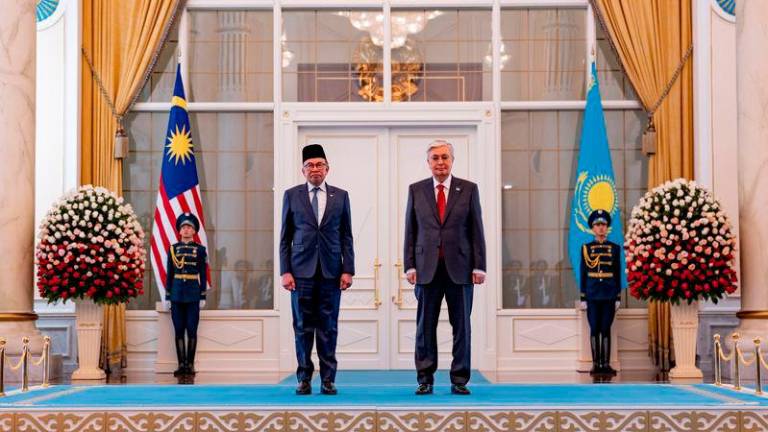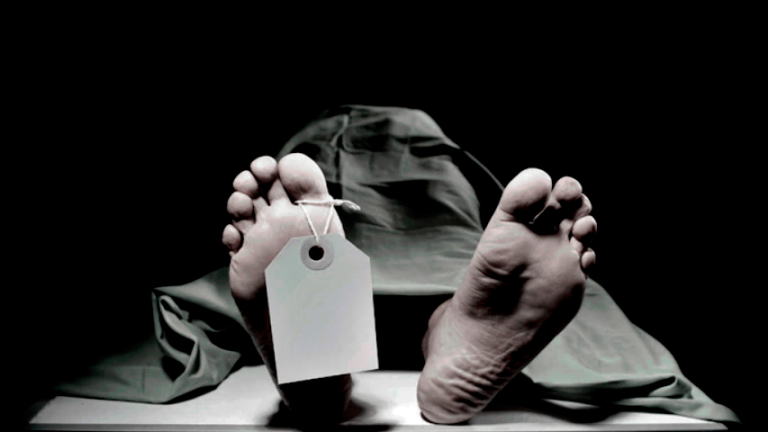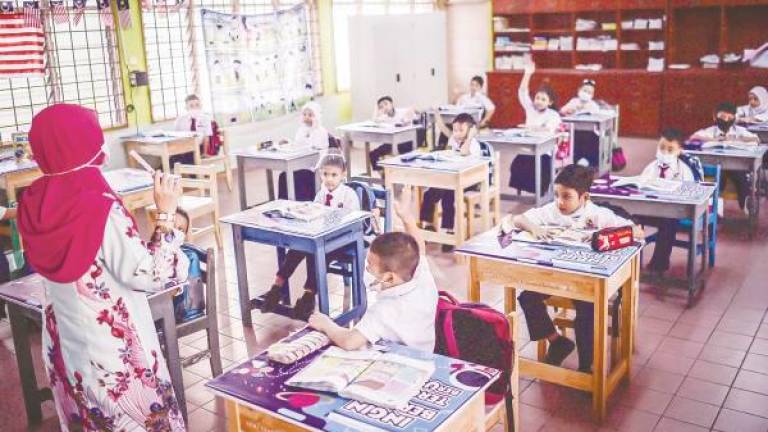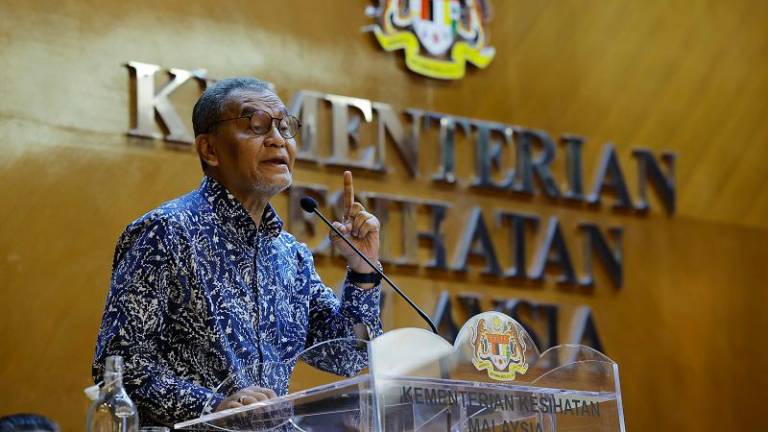THERE was a time when I thought highways were universally good. When the Penchala Link was built in 2004, there was a catchy jingle that went “Penchala Link will set you free, to be where you want to be!”
When it first opened, it fulfilled its promise for a short time as a less-jammed alternative way to the city. However, as with many other highways, it is now as congested as any other route.
Similarly, when the Maju Expressway was completed in 2007, it looked like a racetrack as there were so few cars on it, but today, it sees standstill traffic during peak hours, especially at the exits into the city, where there are significant bottlenecks.
Where do we go from here – literally and figuratively? In an increasingly congested Klang Valley, are we doomed to spend mind-numbing hours stuck in traffic on the loops of a highway spaghetti? Will building more highways and paying more tolls solve our woes?
Walkable neighbourhoods
I thought highways were generally good when I was much younger, and I took many things for granted including how walkable, accessible and connected our neighbourhoods were.
Take the neighbourhood I grew up in – Damansara Utama, in Petaling Jaya. I went to school in Damansara Jaya, and nearly half my schoolmates bussed, cycled or walked to school from SS2, Taman Megah, Damansara Utama and Kampung Kayu Ara – which were within a 5km radius of the school. There were hardly school pick-up jams as a majority of students did not come to school in private vehicles.
Today, most of them would not be able to walk or cycle to school safely as the Damansara–Puchong Expressway (LDP) has cut off SS2 from Damansara Jaya and the SPRINT Expressway has cut off Damansara Utama from Damansara Jaya. The state of public bus routes warrants an entire article dedicated to itself.
I used to take a bus home to Taman Tun Dr Ismail and walk five minutes across to Damansara Utama. This is no longer possible as the bus route does not exist, and there is now a six-lane highway where I used to cross.
The LDP has also isolated Damansara Kim from Damansara Utama. Tragically, students from the Damansara Kim side lost their lives when attempting to cross the LDP after its initial opening.
Students were so used to crossing the road to the shops just 500m away across the highway.
I remember being excited when the LDP was first built in 1998. My friends and I drove through the tunnel at Damansara Uptown for the first time with the radio on, waiting to see whether the radio signal would be distorted.
Little did we know then that with the advent of the LDP, our days and the days of future generations of crisscrossing our neighbourhoods on foot and by bicycle were over.
During the pandemic lockdowns, when traffic was lighter, I explored the old neighbourhoods on a bicycle. It felt liberating to hop on my bicycle without worrying about finding parking just to travel 2km for a meal or to run an errand.
I have tried to continue cycling as a mode of transport post-lockdown but our many highways and the lack of connections for pedestrians and cyclists to safely navigate them pose a challenge.
Public transport infrastructure has improved – I am now in the enviable position of living within 5km of no less than four train stations.
However, the emphasis on cars means that to reach any of them safely and promptly, I am often compelled to resort to using a private vehicle.
Move people, not cars
This is not just me waxing lyrical about the “old days”, but drawing attention to what we have destroyed with our car-centric development.
We have prioritised moving cars, instead of people, and built highways that crisscross our neighbourhoods, without caring for how that would force more people to drive and put more cars on the road.
It is now a fundamental rule of traffic that building more roads or adding more lanes to highways incentivises driving and adds more cars. This is evident from the record-breaking number of almost 800,000 cars that were added to Malaysian roads in 2023.
When will we stop building highways? Will it take the addition of one million cars annually until there are more cars than people?
Social contract
Twenty-five years ago, residents made a social contract with the government. We allowed our neighbourhoods to be cut up and isolated, we even agreed to pay tolls and gave up our communities because we were promised that the highways “would set us free”.
For the past 25 years, highways have been steadily encroaching upon our homes, schools and places of worship. Have these highways set us free or are they designed to compel us to pay tolls daily, only to find ourselves trapped in stansdtill traffic?
The solution has become the problem, and yet it continues to be prescribed as the solution to our traffic woes, which is far from accurate. Maybe 25 years ago, we and the government did not know better, but surely we know better now.
Why do successive governments persist in allowing developers to construct highways through urban neighborhoods, despite their failure to alleviate traffic congestion? Who does it benefit?
Ways forward
It is not too late for us to reclaim our cities and neighbourhoods and make them walkable again, and alleviate traffic congestion but we have to act now and stop building urban highways through neighbourhoods. Otherwise these concrete behemoths that fail to solve traffic woes can become permanent fixtures.
Many groups are trying to show us viable ways forward to make our cities liveable. There are volunteers spending time riding buses so that they can help plot locations of bus stops and routes on travel applications, such as Moovit, to help people with public transport connectivity.
There is Transit Malaysia, whose members I have met, who seem to have our transport routes ingrained in their minds. They advocate for better public transport and offer suggestions and solutions to the government.
There is Bike Commute Malaysia, which has worked with the Petaling Jaya City Council and the Petaling Jaya MP to improve pedestrian access to the Phileo MRT station.
It has also drawn a plan to allow pedestrians to navigate a particularly difficult junction where the SPRINT meets the LDP.
Bike Commute’s plan will rejoin Damansara Utama, Damansara Kim, SS2 and Damansara Jaya, making it possible for individuals to walk and cycle safely between those townships again.
It is only by paying attention to and supporting these efforts can we find a way out of this highway spiral that we have built. It is time to reclaim our cities.
Ding Jo-Ann was part of the residents’ group campaigning against the Petaling Jaya Dispersal Link Expressway, a cancelled three-storey elevated highway that would have further divided already divided neighbourhoods.



